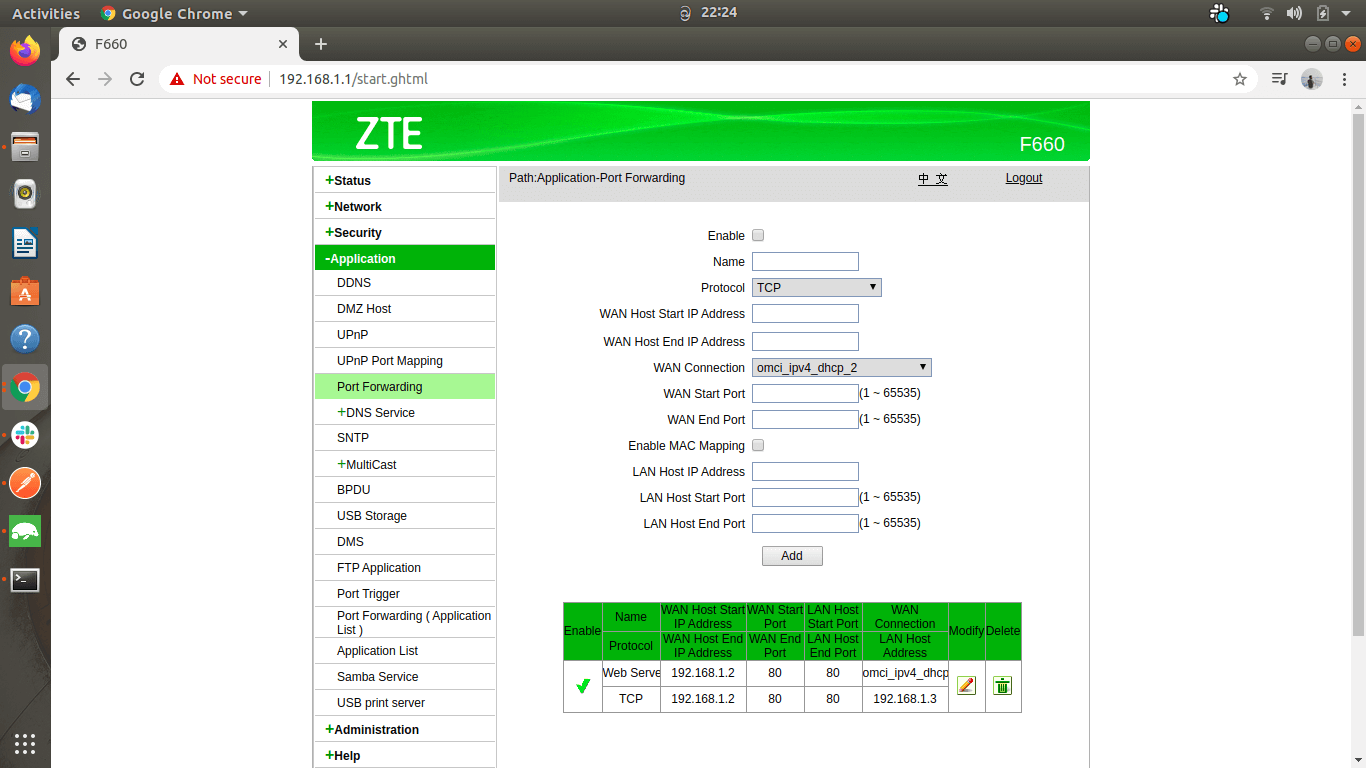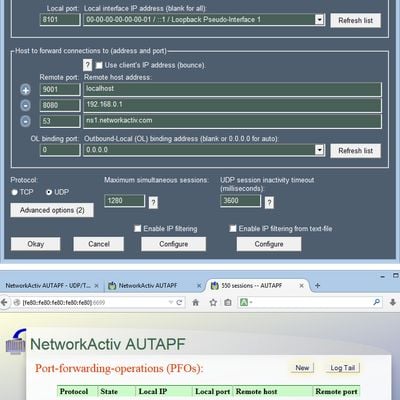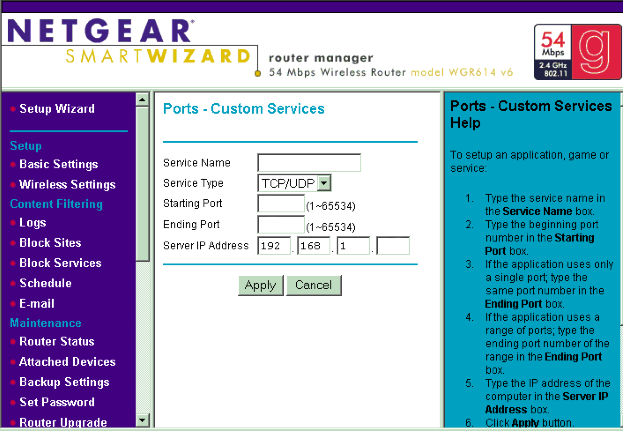

This opens a connection to the machine with IP 192.168.1.108 and forwards any connection of port 8080 on the local machine to port 8081. This is how the server connects to a destination port which is configured and is present on a machine other than the SSH server. By making use of this, the SSH client listens for connections on a port which has been configured, and tunnels to an SSH server when a connection is received. It is the method used in SSH to forward the ports of application from a client machine to the server machine. When we load this page on the web browser using 127.0.0.1:8081 in the Kali machine, we see that the contents of the web page are displayed. Here we make use of portfwd to forward all the traffic to the Kali machine, where you mention the local and the remote port and the local address. Here we get the meterpreter session and then on using netstat command, we observe that port 8080 is running on the local host.

Now we take SSH session using Metasploit. This can be achieved using various methods, so let’s see them one-by-one. So, to let us see how the local address and port can be forwarded to the remote host. But here it shows that it is unavailable. Let’s switch on the Kali Linux machine and check if the webpage is being hosted. Along with this, they should also mention the destination which can be the IP address or name of the host. In organisations on can give their source and destination port numbers to make use of tunnelling with the help of Linux.

Port forwarding is establishing a secure connection between a remote user and local machines. Therefore, here we finish the setup of our lab by creating a virtual host. Now let us make use the tool a2ensite to enable our website and the let us restart our apache2.
PORT FORWARD UTILITY REVIEW CODE
Now let us create the nf file and add the following code in /etc/apache2/sites-available/ nano /etc/apache2/sites-available/nf Then go to the /etc/apache2 directory and edit the file nf and add ‘ Listen 127.0.0.1:8080‘ before ‘Listen 80’ as in the image below. Then we need to create a directory for the websites we have to host.
PORT FORWARD UTILITY REVIEW INSTALL
You can install it using apt install apache2 To do this you will need to have Apache installed in your Linux systems. Let us start with configuring Apache2 services. This functions extremely smooth till one’s server can bear the load of the multiple servers being hosted. This essentially lets the network administrators make use of a single server to host various websites or domains. The Apache has the potential to customise itself into a virtual host which allows hosting an individual website. The Apache web servers have become one of the most popular web-serving methods as they are extremely prevailing and supple. By using this method, one computer can host thousands of websites. Virtual web hosting can be defined as a method of running several web servers on a single host. Virtual Web hosting is a concept which you may have come across in various Capture-the-Flags challenges and lately it is also being used by the professionals in the corporate environment to host their common services under a lesser number of IP address.


 0 kommentar(er)
0 kommentar(er)
